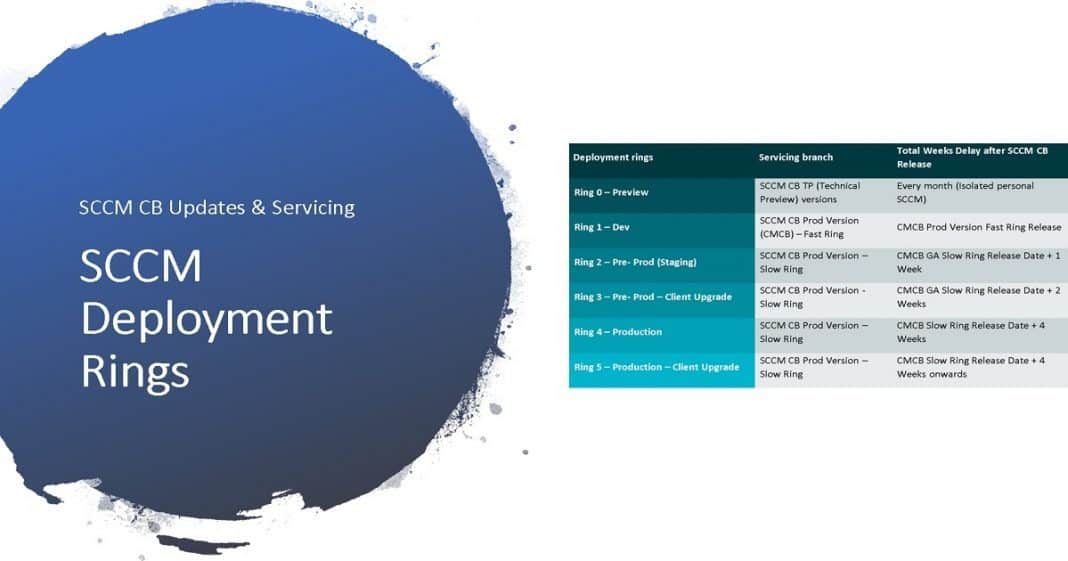
Patch management (via Microsoft Update for Business). Moreover, with Intune, it’s easy to make sure that all devices are compliant with enterprise requirements. Intune can separate corporate data from employees’ personal data on BYODs, which is convenient as they will no longer need several devices. One of the main aims of Intune is to create a secure work environment by controlling device usage and designing customized access policies for devices, including BYODs. Microsoft identifies Intune as a “cloud-based service that focuses on mobile device management (MDM) and mobile application management (MAM).” Being a cloud-based application, Intune has a simpler architecture than SCCM because it does not require on-premises infrastructure to operate. Maintenance and operational costs are high because SCCM requires SQL servers to run. SCCM can bring about more costs compared with Intune. 
 Partial support of third-party applications and patch deployment can be confusing and time-consuming. Limited support of non-Windows devices (Linux, macOS) due to cross-compatibility issues. As the setup process is on-premises, it isn’t easy for large companies to update software without cloud integration via Cloud Management Gateway (CMG). Without proper experience, it might be more trouble than it’s worth. Configuring and maintaining SCCM can be intimidating for staff. Ideal for large companies with complex IT infrastructure. Perfect for complicated application installations. Endpoint security (by managing the Windows Defender suite) etc. Integration with Microsoft 365 (co-management). What is SCCM / ConfigMgr?Īccording to Microsoft, “SCCM is an on-premises solution to manage desktops, servers, and laptops that are on your network or internet-based.” Originally released in 1994, now part of Microsoft Endpoint Manager (MEM), it focuses on managing Windows devices across the enterprise (300+ devices). Let’s look at both solutions, evaluating their pros and cons.
Partial support of third-party applications and patch deployment can be confusing and time-consuming. Limited support of non-Windows devices (Linux, macOS) due to cross-compatibility issues. As the setup process is on-premises, it isn’t easy for large companies to update software without cloud integration via Cloud Management Gateway (CMG). Without proper experience, it might be more trouble than it’s worth. Configuring and maintaining SCCM can be intimidating for staff. Ideal for large companies with complex IT infrastructure. Perfect for complicated application installations. Endpoint security (by managing the Windows Defender suite) etc. Integration with Microsoft 365 (co-management). What is SCCM / ConfigMgr?Īccording to Microsoft, “SCCM is an on-premises solution to manage desktops, servers, and laptops that are on your network or internet-based.” Originally released in 1994, now part of Microsoft Endpoint Manager (MEM), it focuses on managing Windows devices across the enterprise (300+ devices). Let’s look at both solutions, evaluating their pros and cons. 
Intune is a cloud-based solution that allows you to manage company-owned and personal devices, while SCCM is a more traditional on-premises solution. Here, the eternal dilemma arises: Should you go with Microsoft System Center Configuration Manager ConfigMgr (SCCM) or Microsoft Intune? Both solutions are parts of Microsoft Endpoint Manager – a single, integrated platform for managing all the endpoints in the organization.

With ‘bring your own device’ (BYOD) on the rise, MDM plays a crucial role in controlling corporate data on devices by configuring accessibility policies and data security. Choosing mobile device management (MDM) and mobile application management (MAM) solutions for your company can be challenging.








 0 kommentar(er)
0 kommentar(er)
